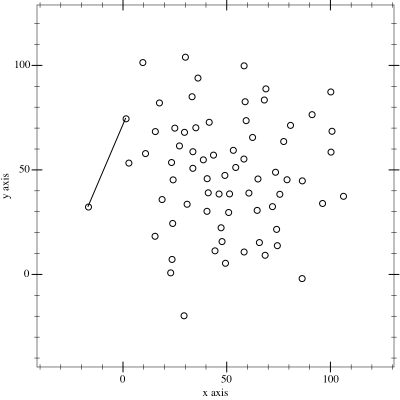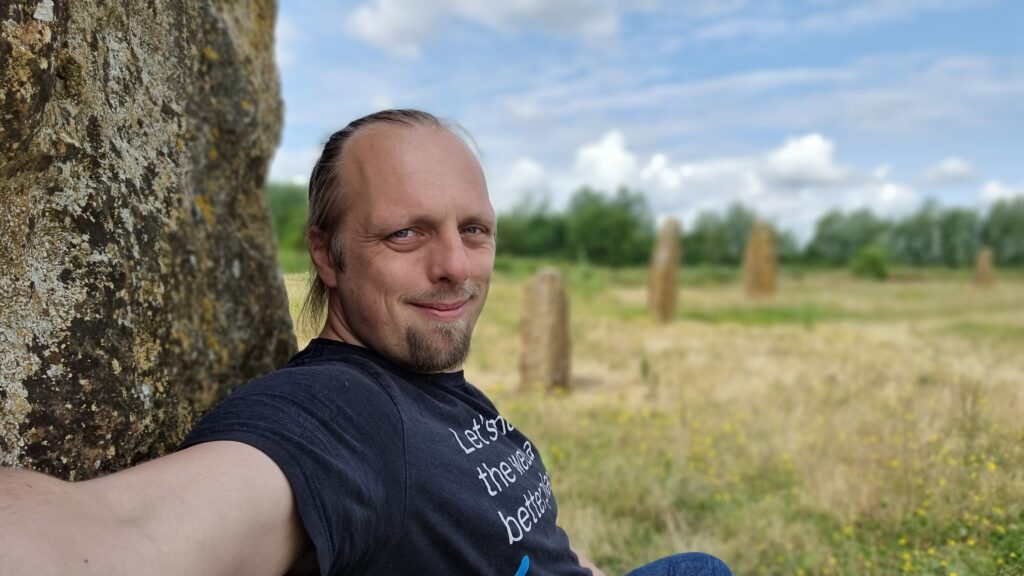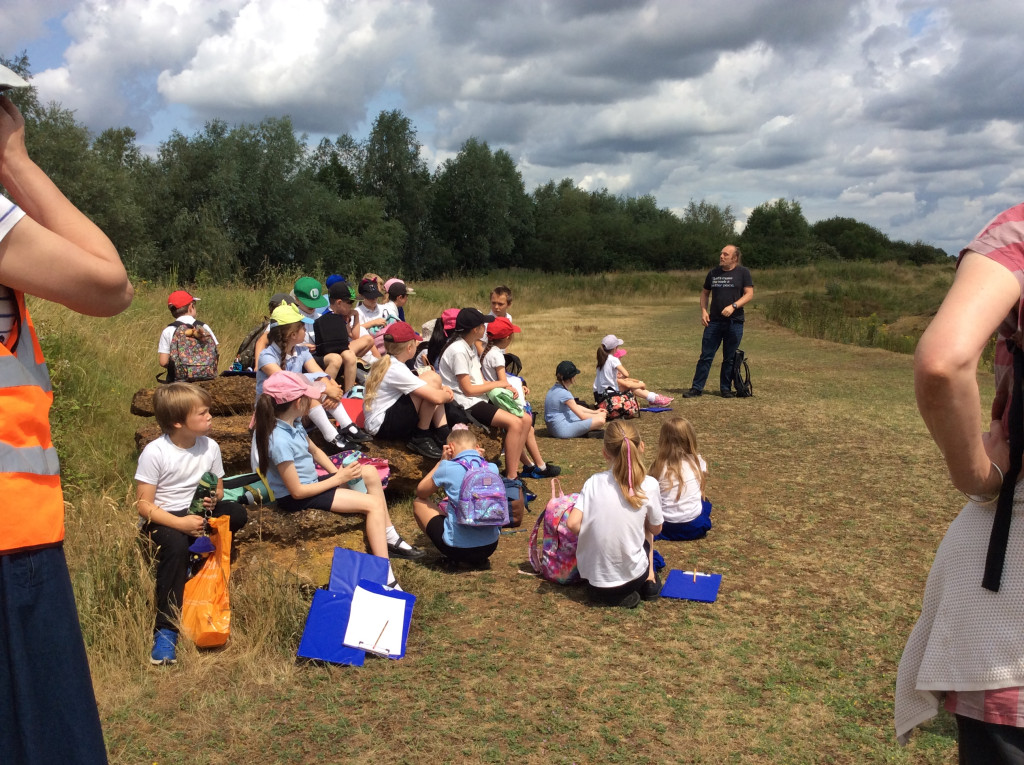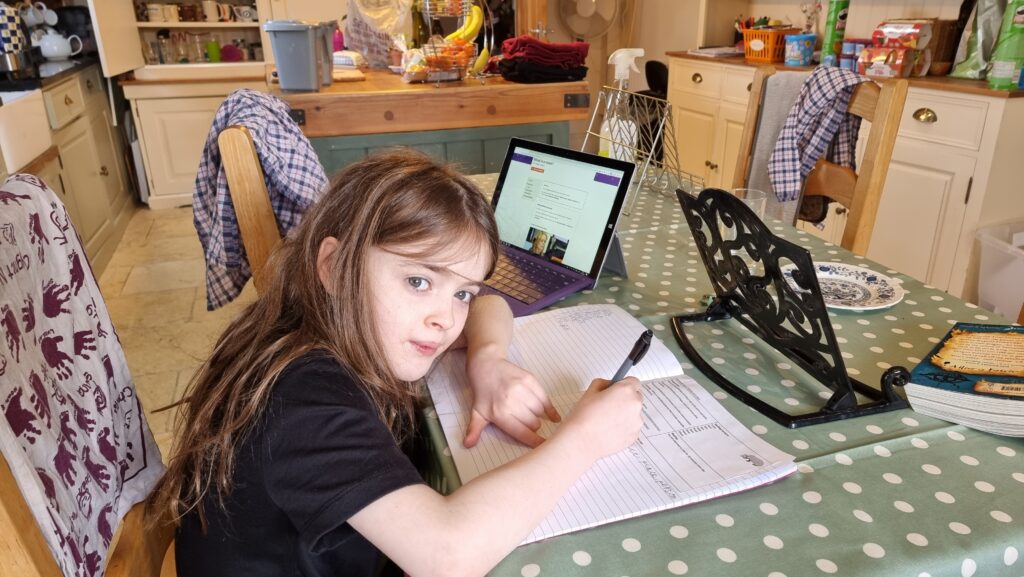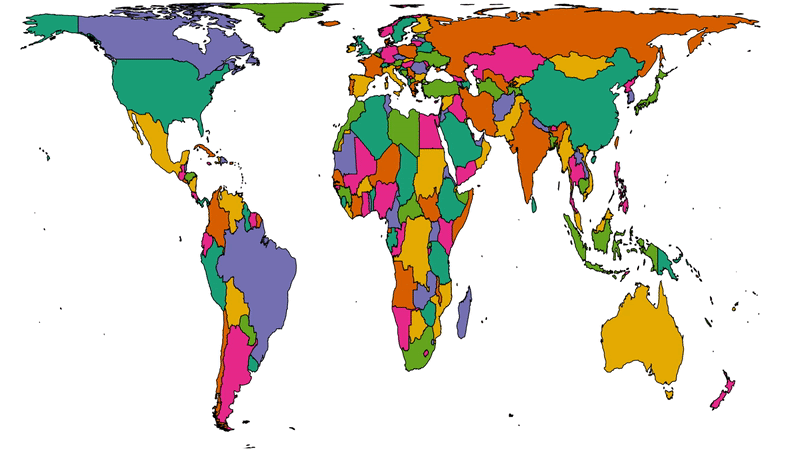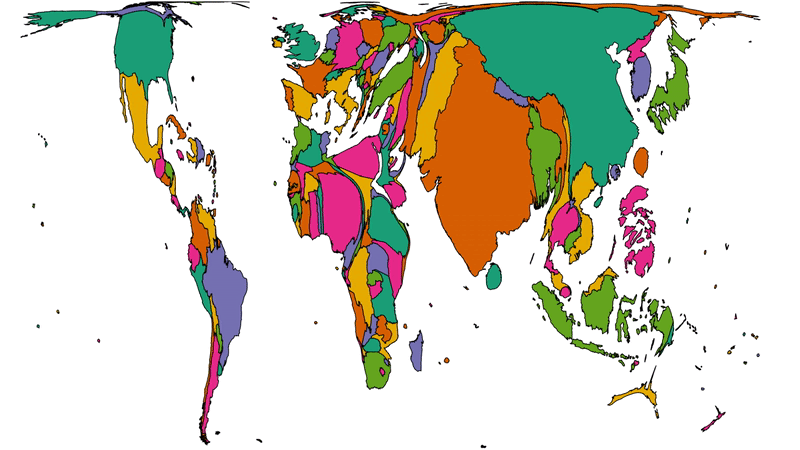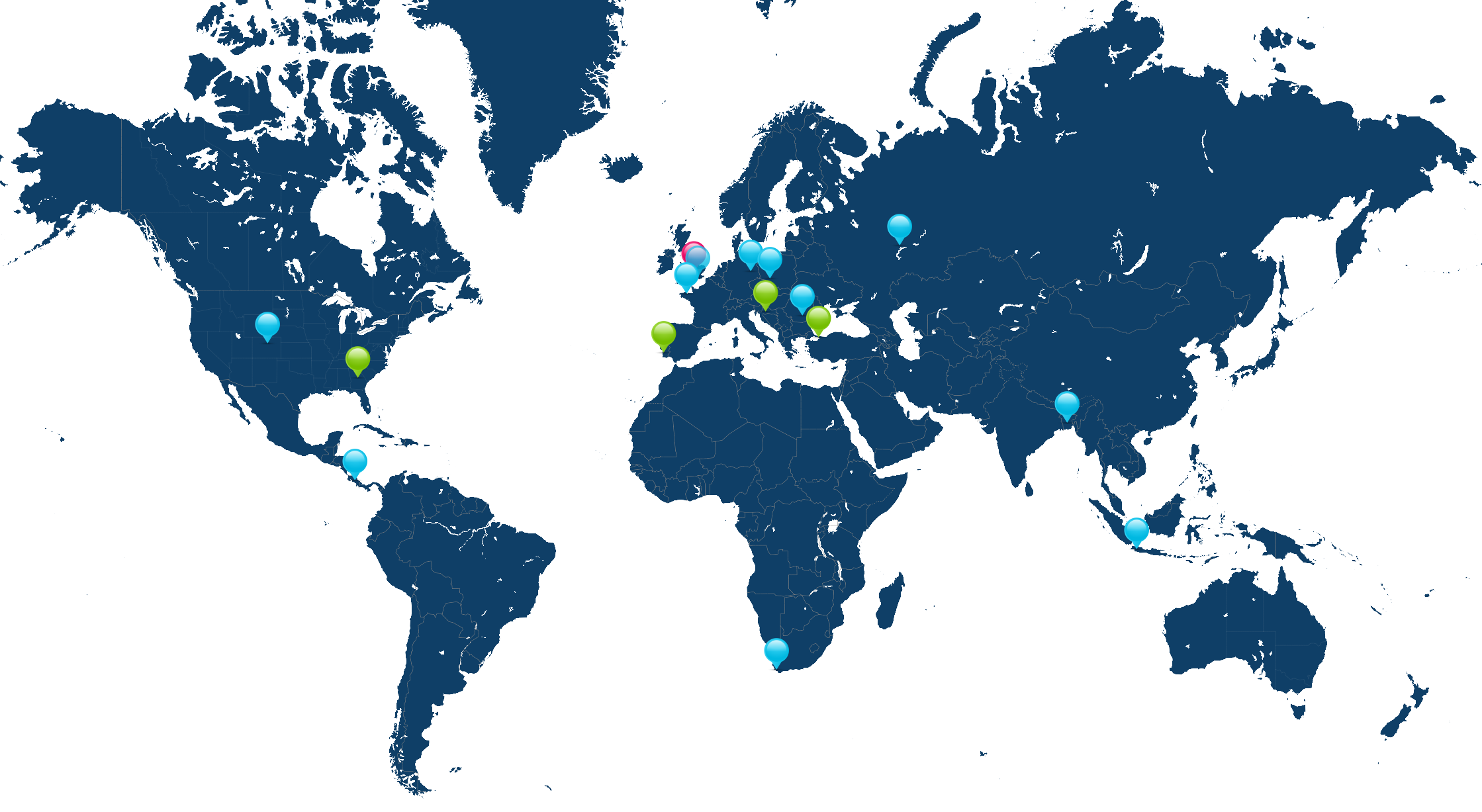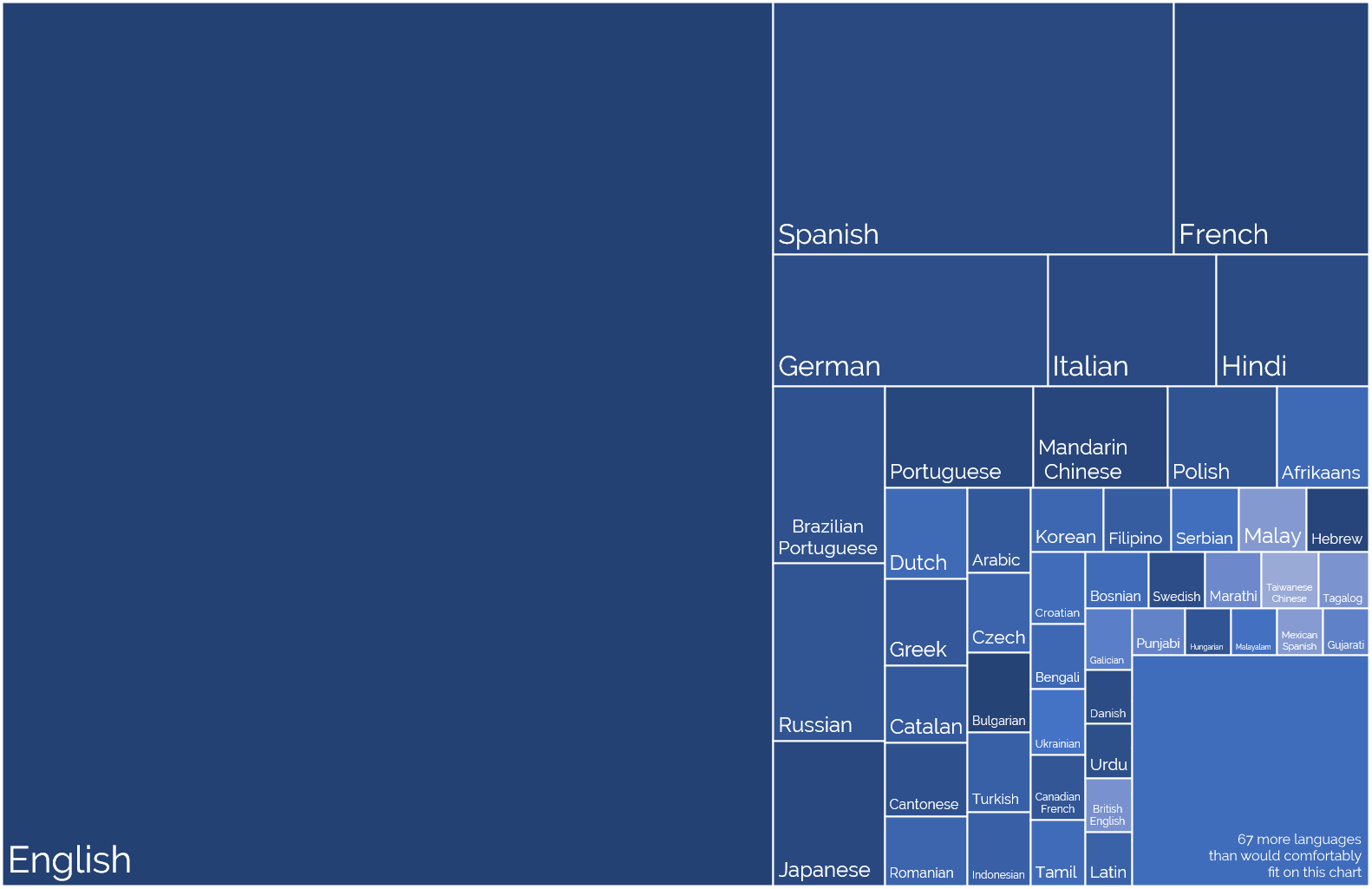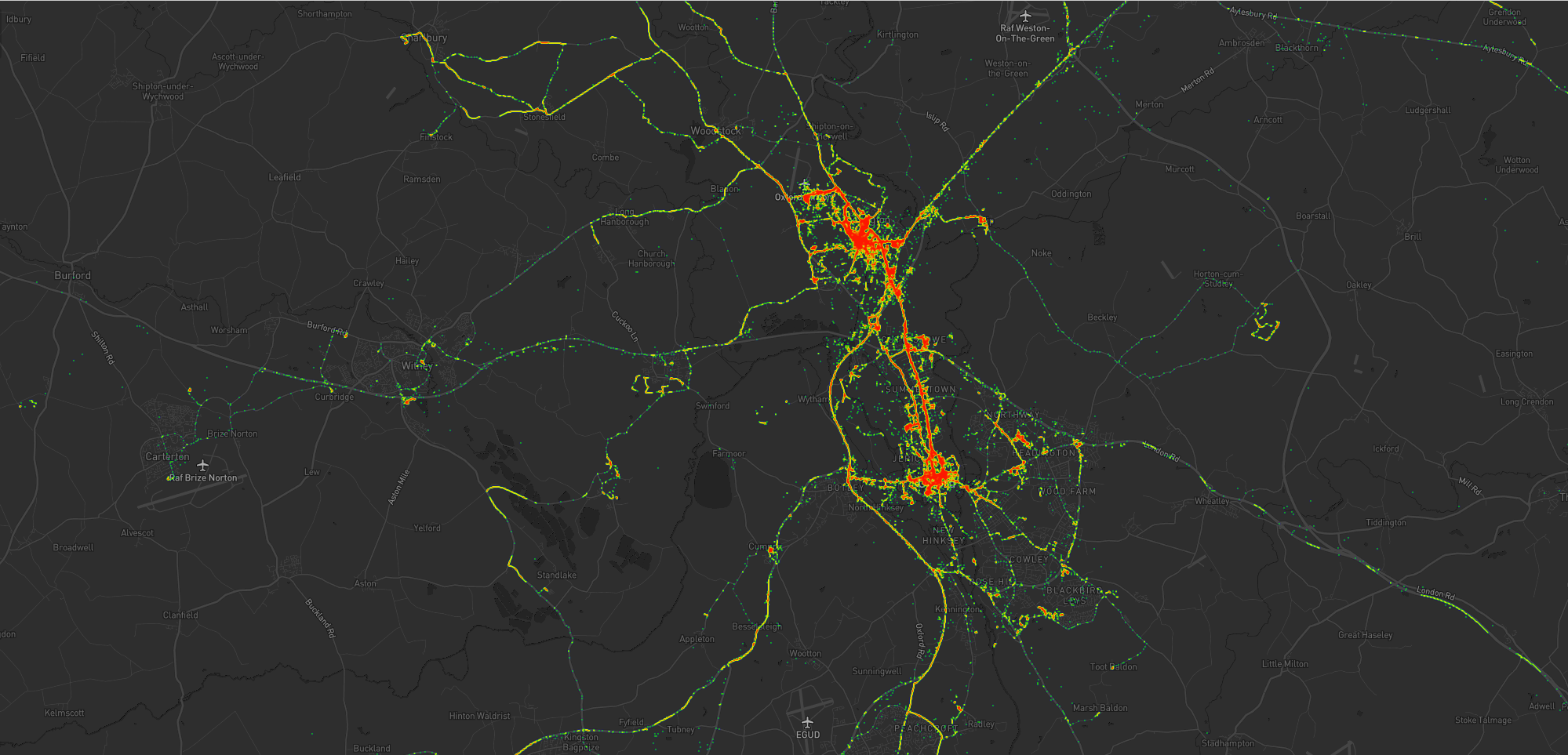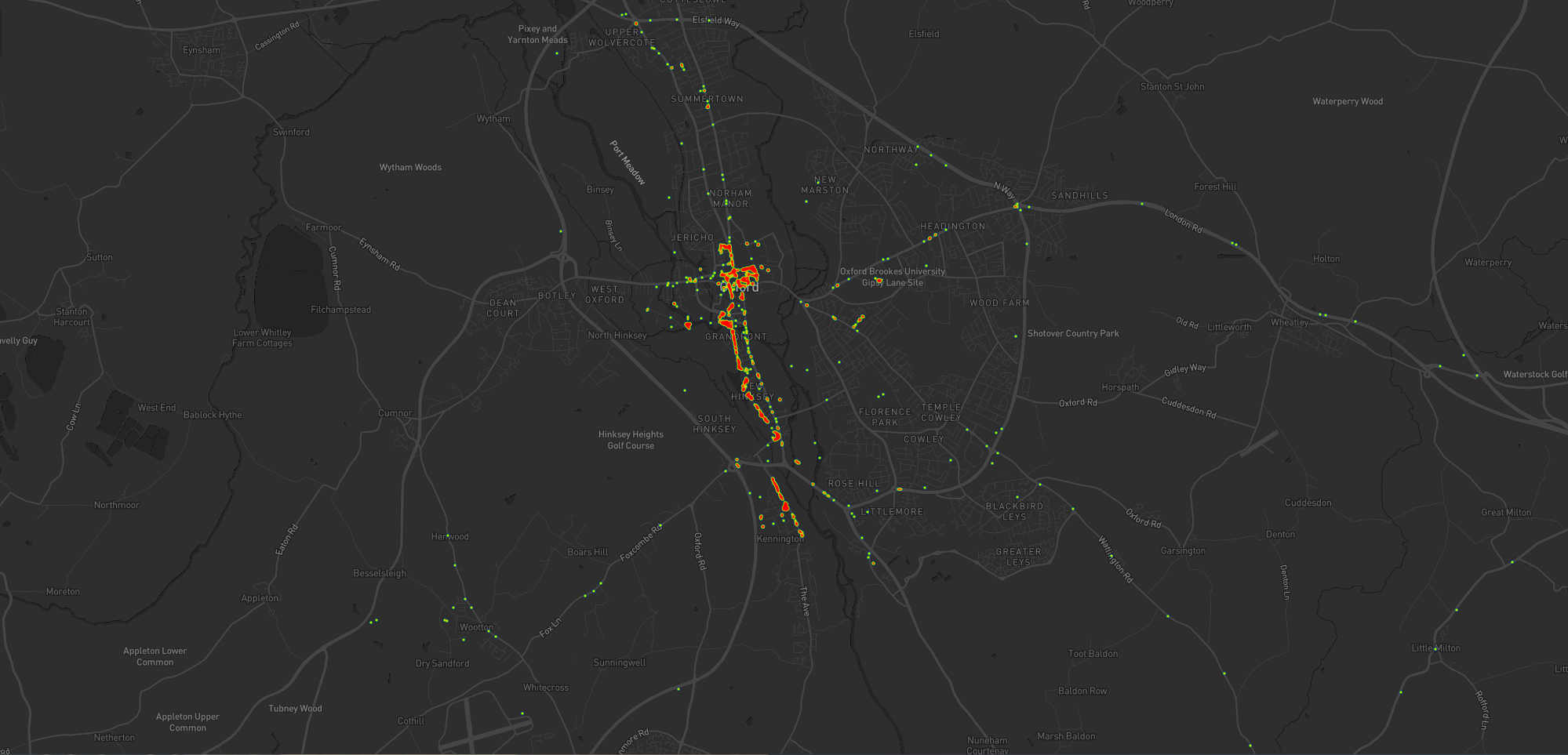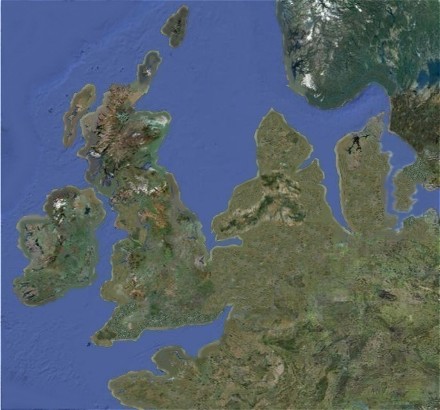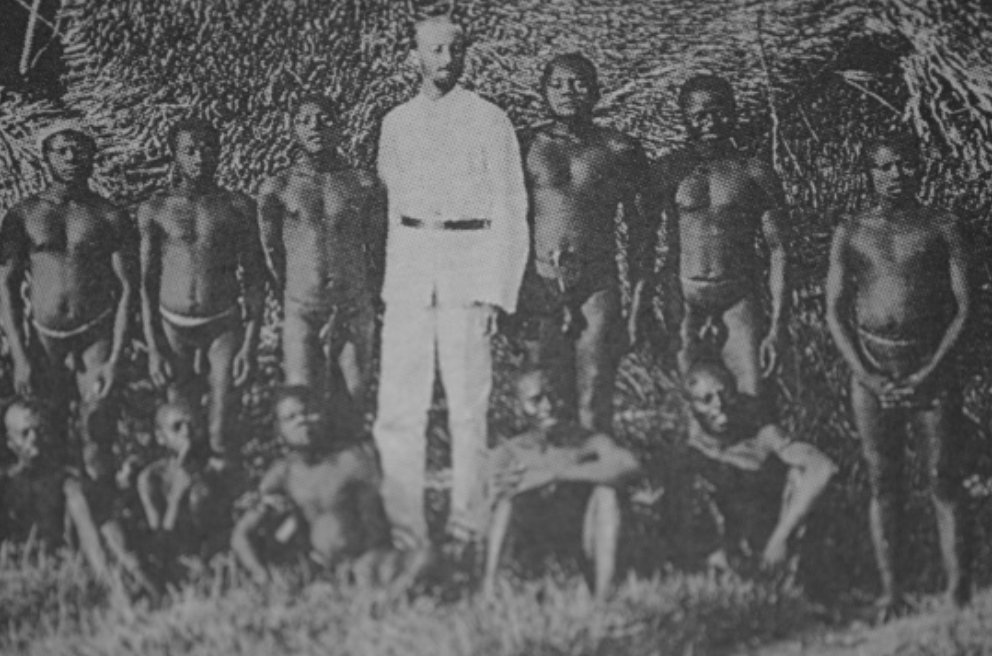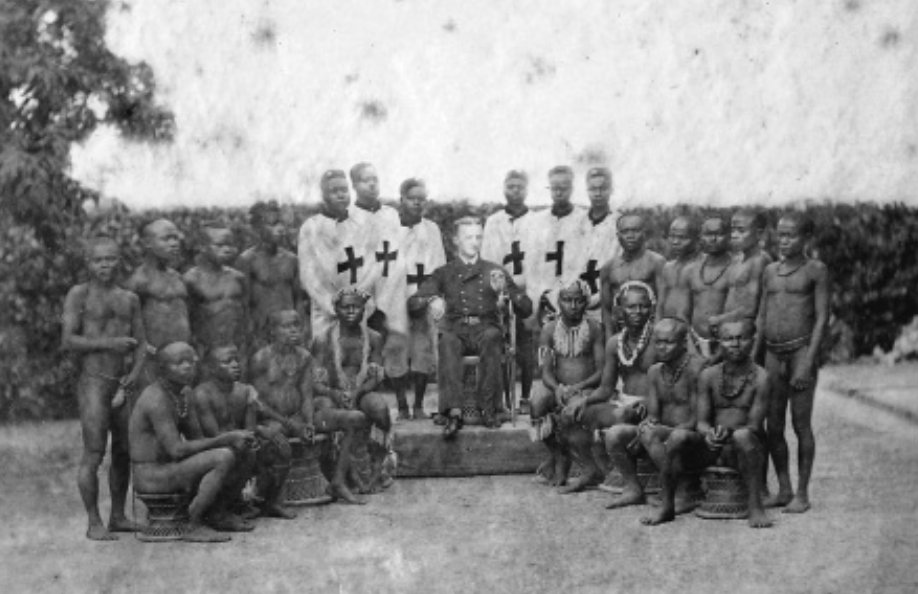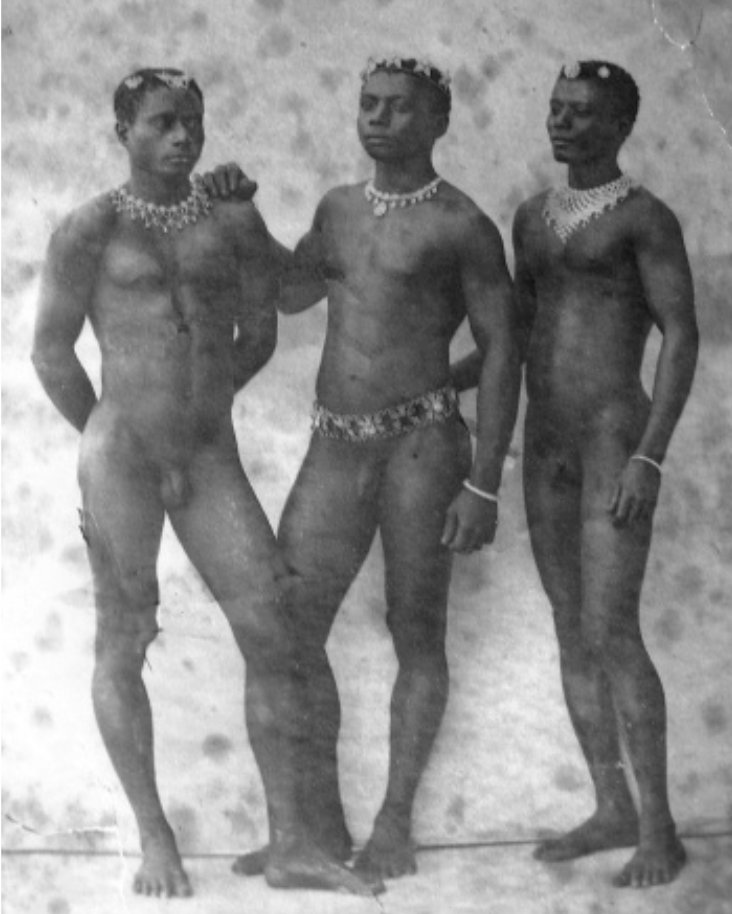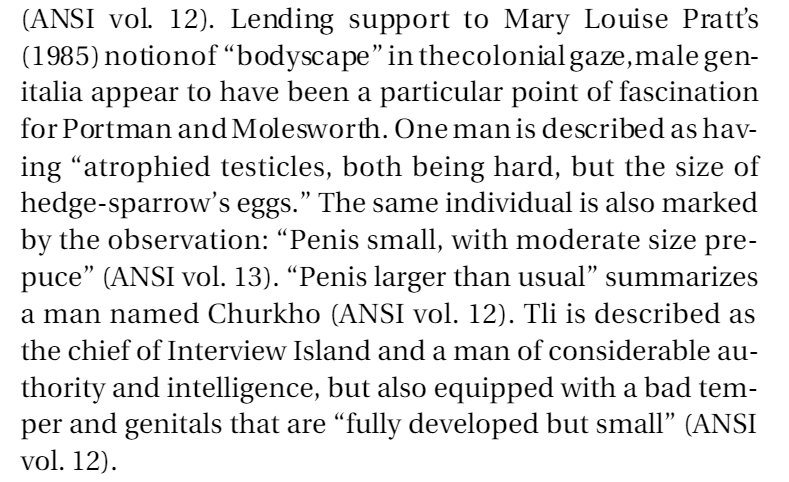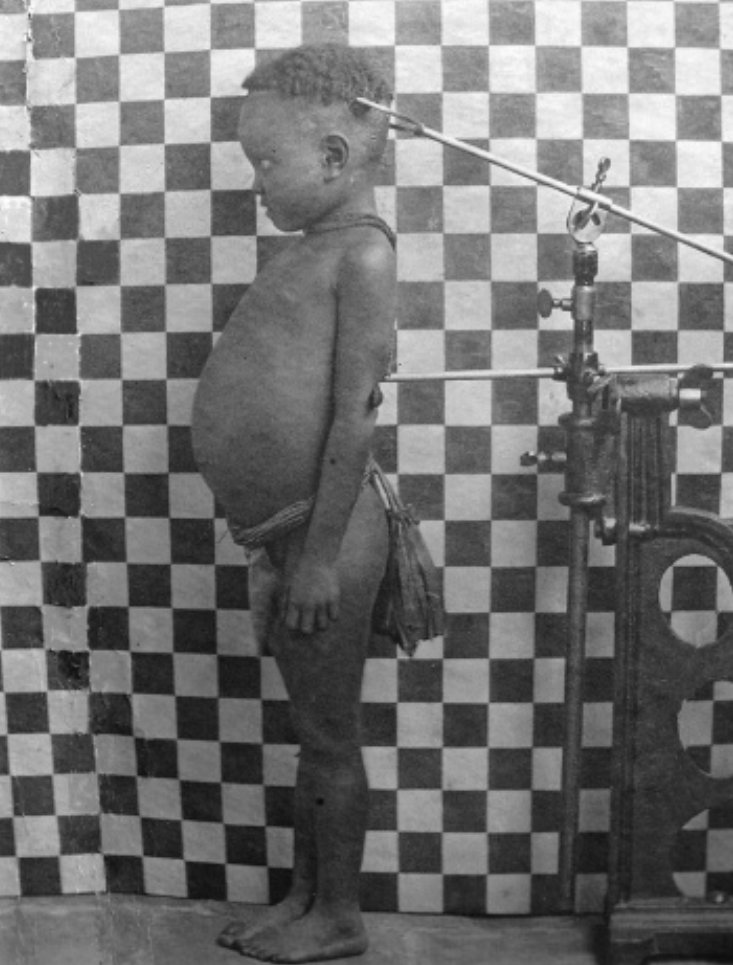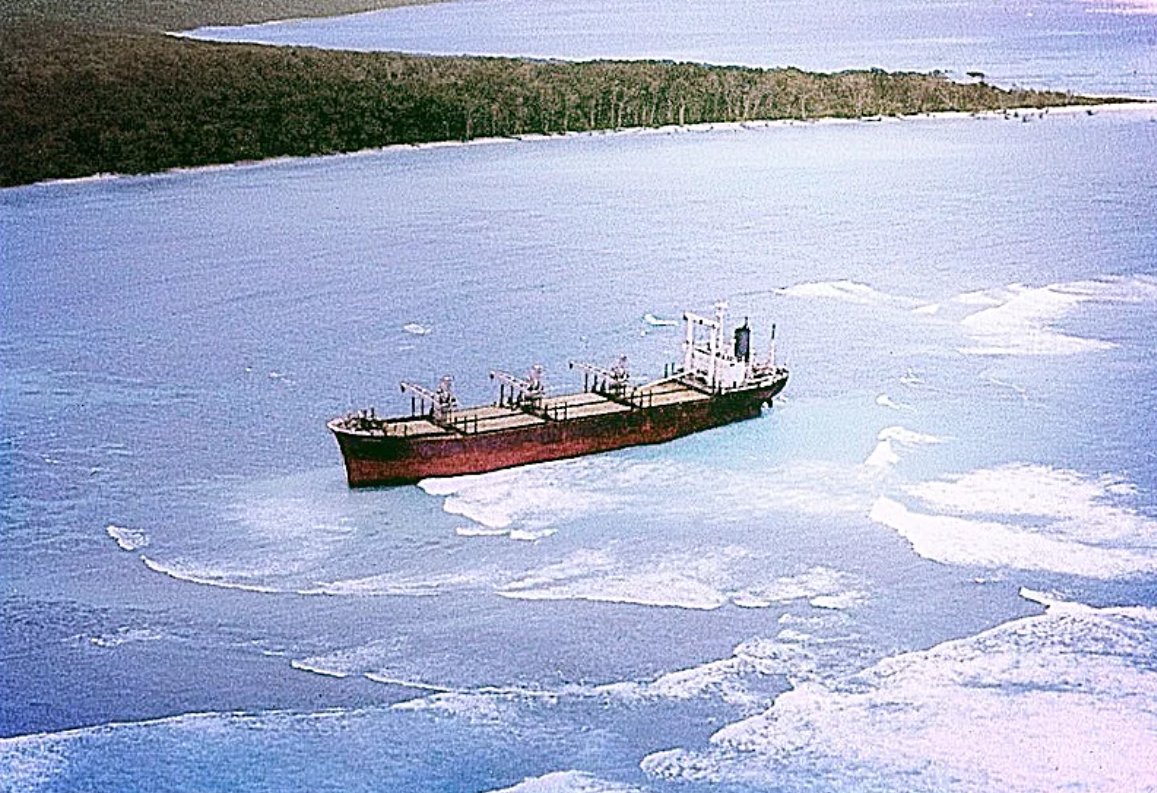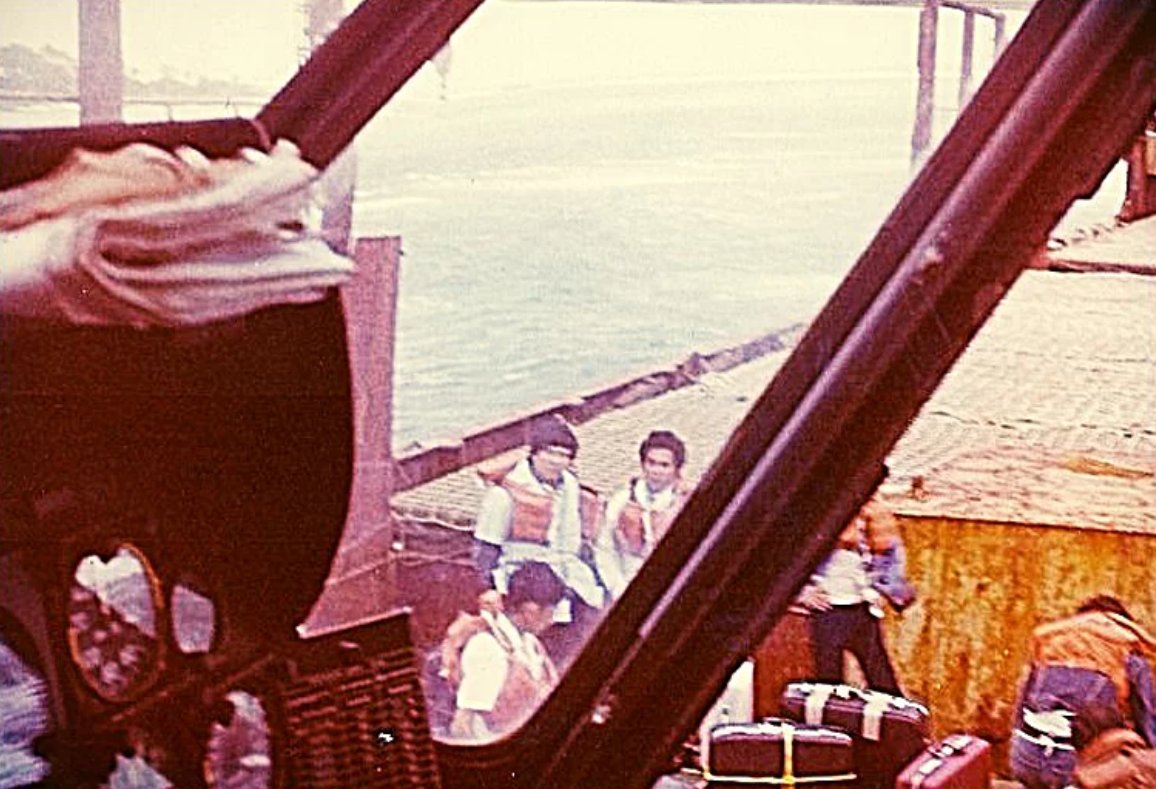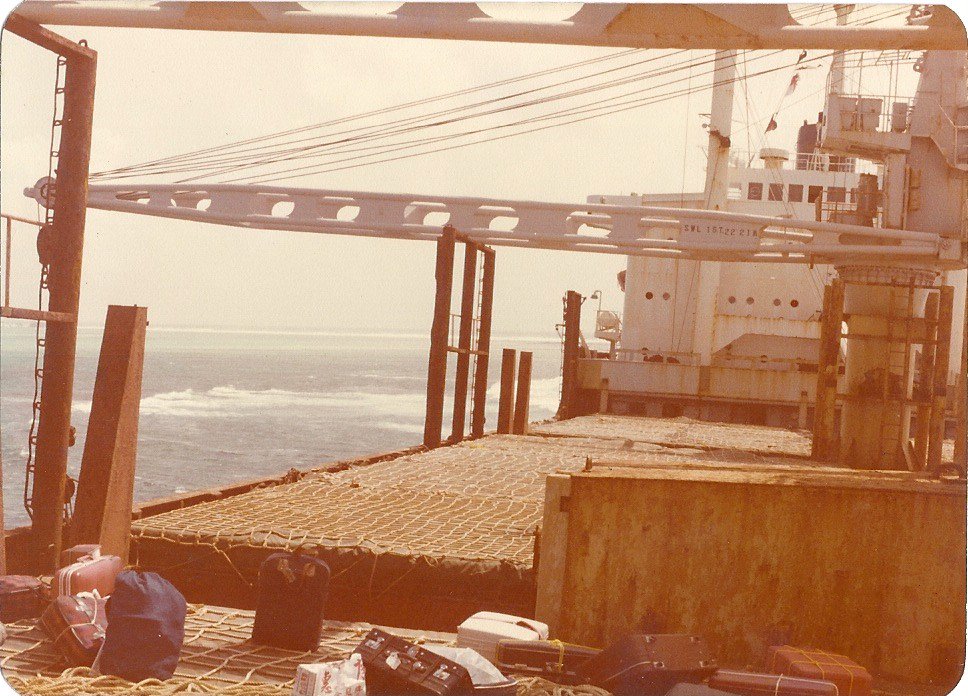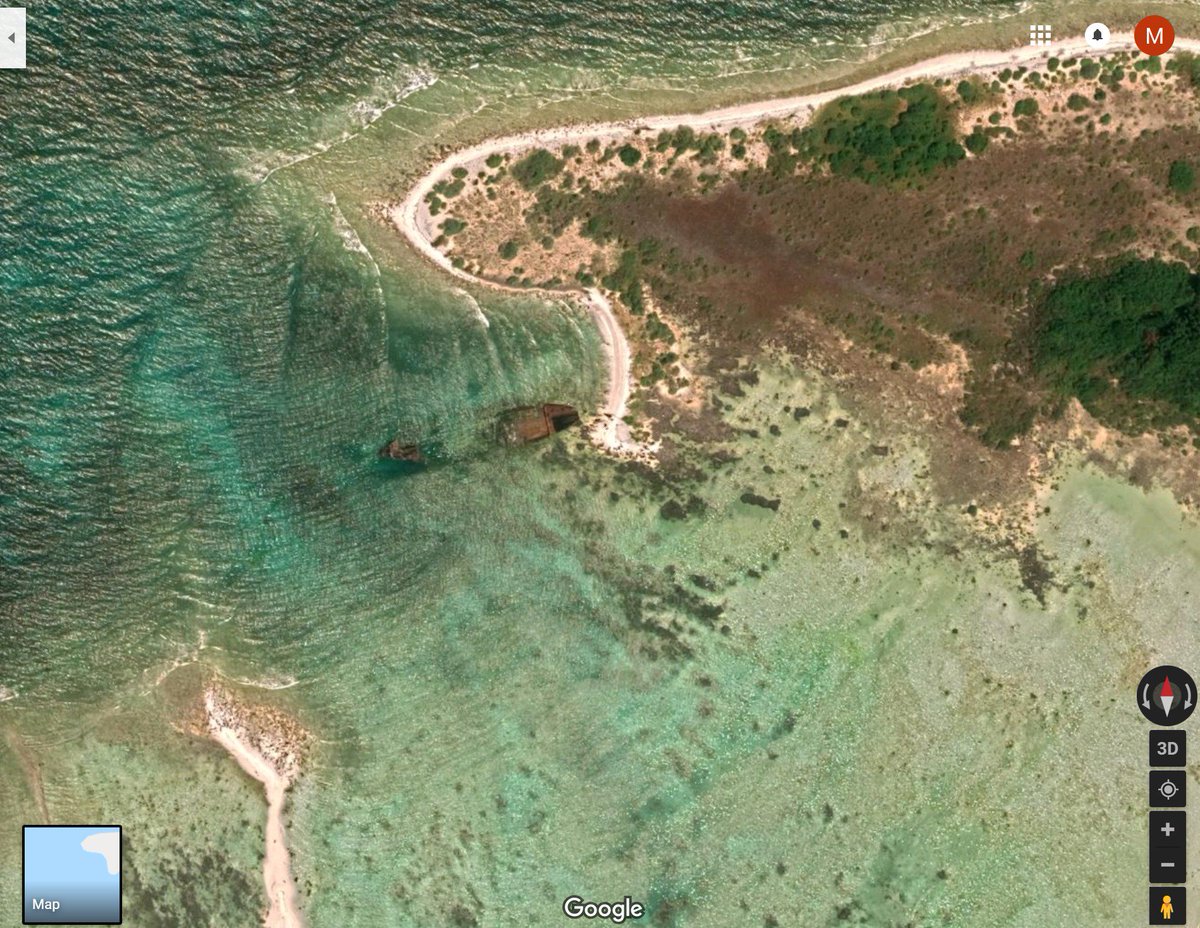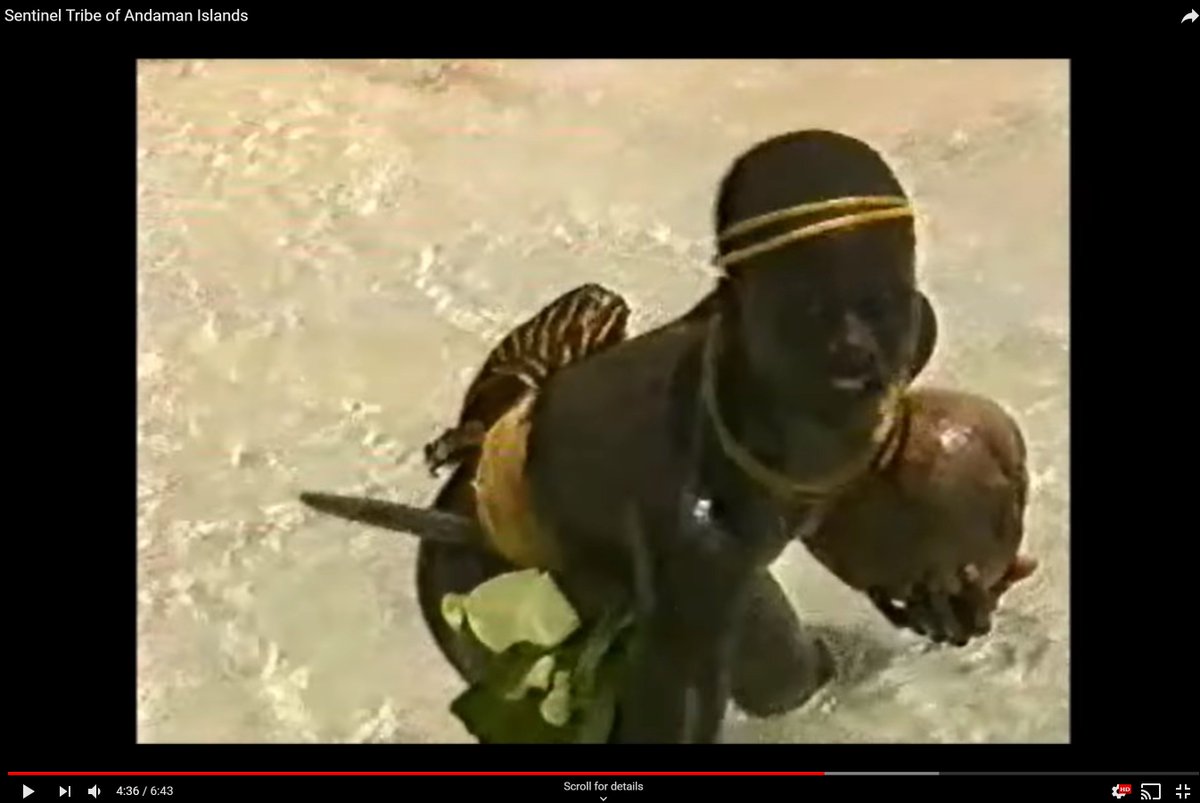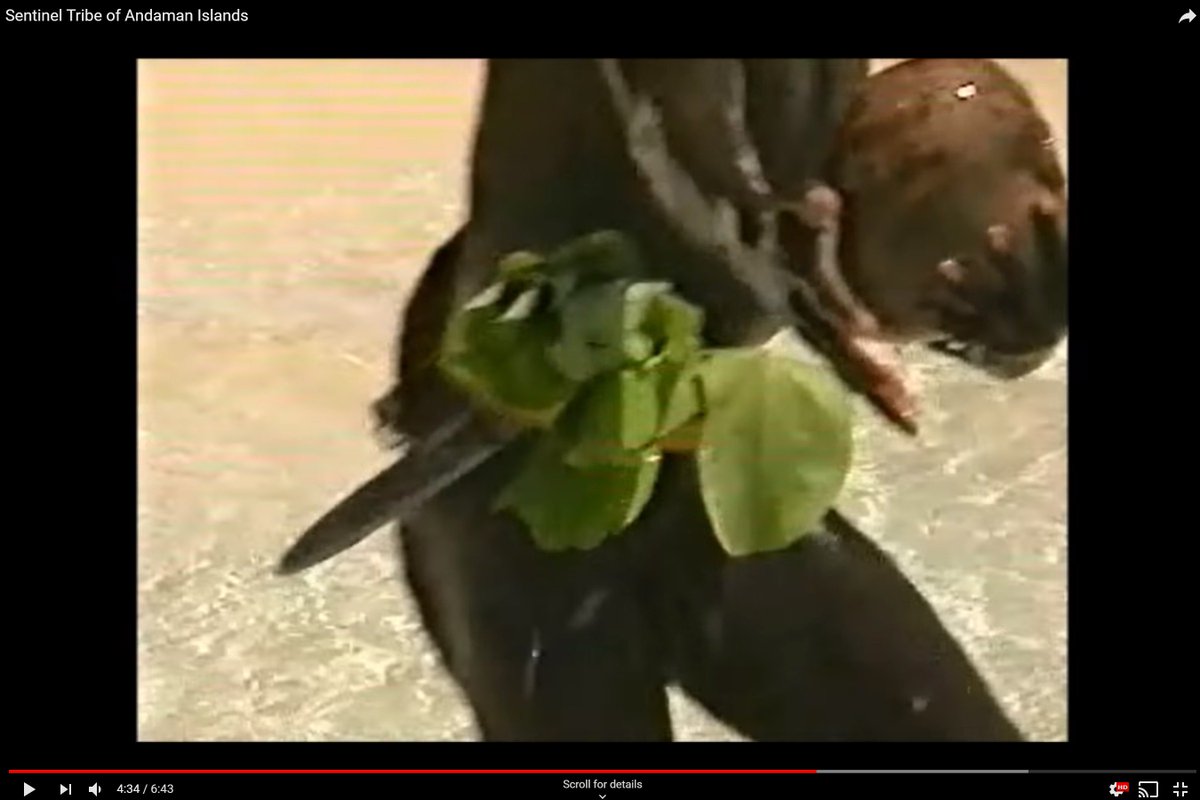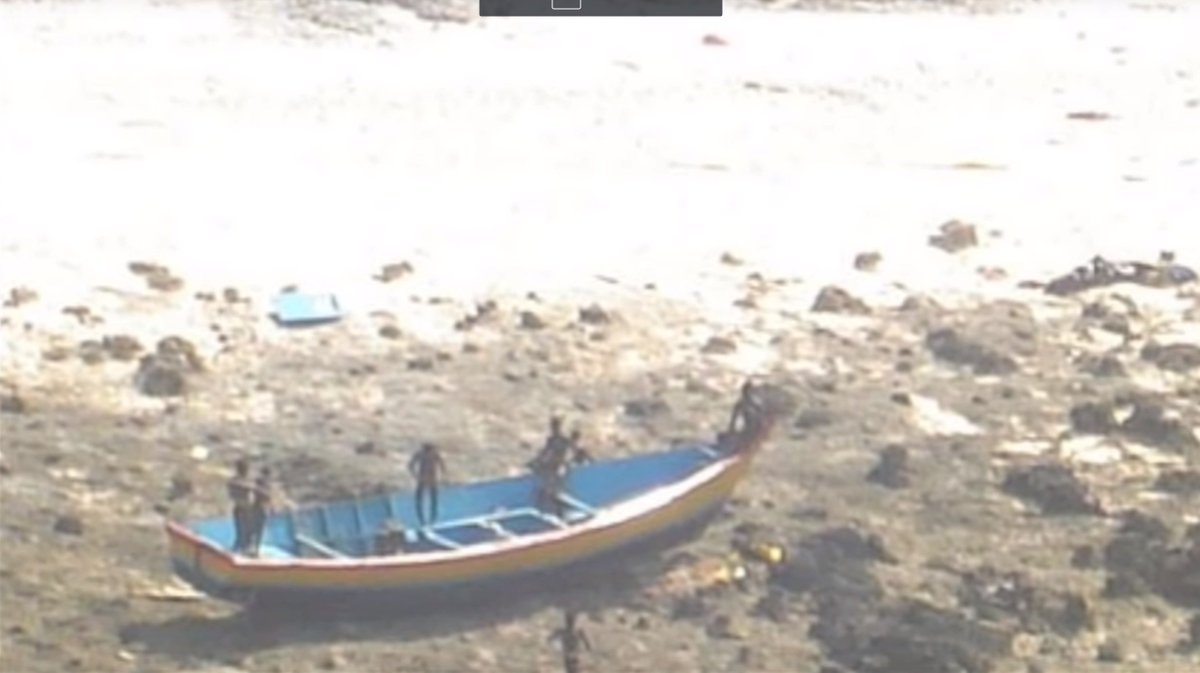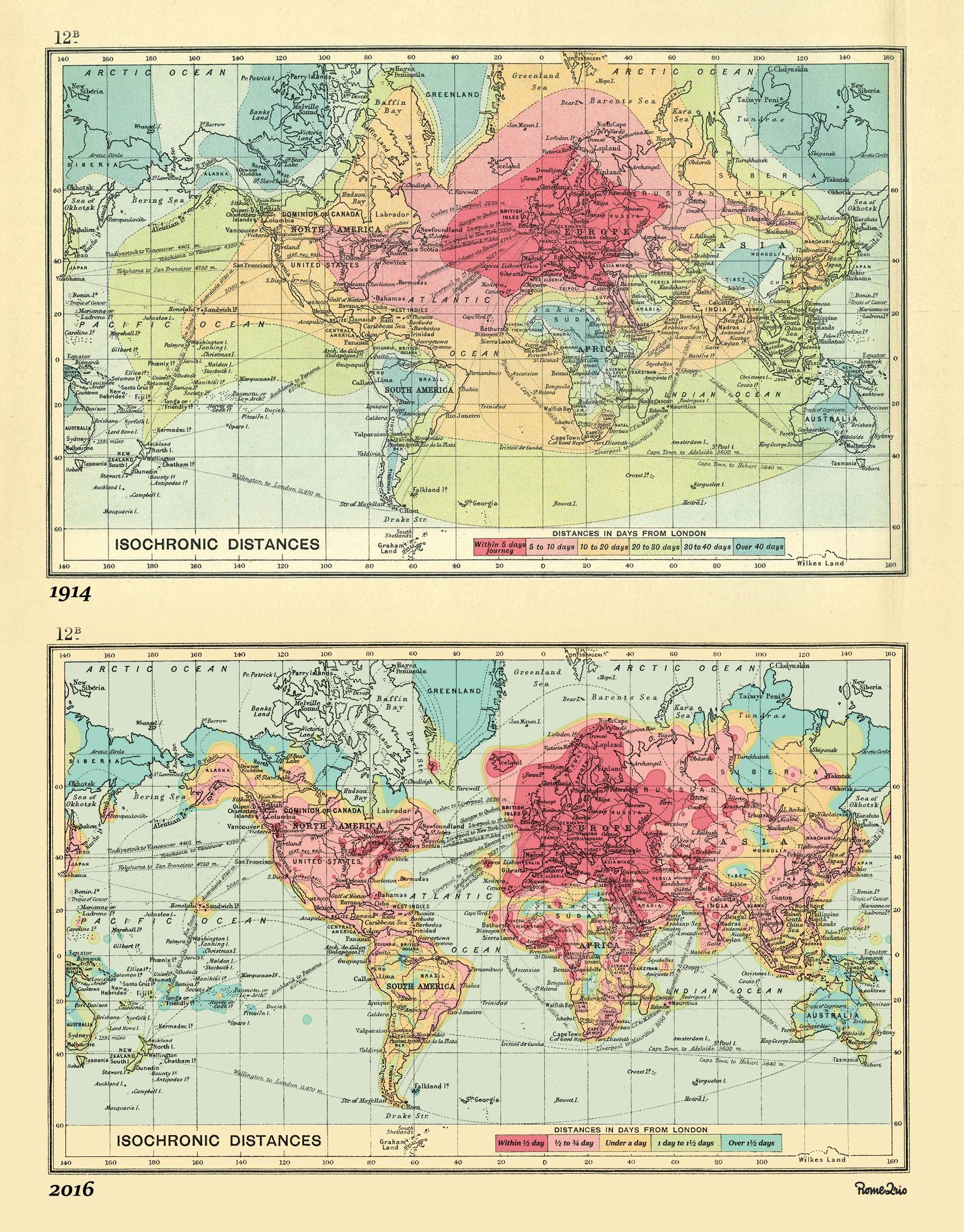In his latest video, Andrew provides a highly-accessible and slick explanation of all of the arguments against what3words that I’ve been making for
years, plus a couple more besides.
Arguments that he makes that closely parallel my own include that what3words addresses are (a) often semantically-ambiguous, (b) potentially offensive, (c) untranslatable (and their
English words, used by non-English speakers, exaggerates problem (a)), and (d) based on an aggressively-guarded proprietary algorithm. We’re of the same mind, there. I’ll absolutely be
using this video to concisely explain my stance in future.
Andrew goes on to point out two further faults with the system, which don’t often appear among my arguments against it:
The first is that its lack of a vertical component and of a mechanism for narrowing-down location more-specifically makes it unsuitable for one of its stated purposes of improving
addressing in parts of the developing world. While I do agree that what3words is a bad choice for use as this kind of addressing system, my reasoning is different, and I don’t entirely
agree with his. I don’t believe that what3words are actually arguing that their system should be used alone to address a letter. Even in those cases where a given 3m × 3m
square can be used to point to a single building’s entryway, a single building rarely contains one person! At a minimum, a “what3words”-powered postal address is likely to
specify the name of the addressee who’s expected to be found there. It also may require additional data impossible to encode in any standardisable format, and adding a vertical
component doesn’t solve this either: e.g. care-of addresses, numbered letterboxes, unconventional floor numbers (e.g. in tunnels or skybridges), door colours, or even maps drawn from memory onto envelopes have been used in
addressed mail in some parts of the world and at some times. I’m not sure it’s fair to claim that what3words fails here because every other attempt at a universal system would too.
Similarly, I don’t think it’s necessarily relevant for him to make his observation that geological movements result in impermanence in what3words addresses. Not only is this a
limitation of global positioning in general, it’s also a fundamentally unsolvable problem: any addressable “thing” is capable or movement both with and independent of the part
of the Earth to which it’s considered attached. If a building is extended in one direction and the other end demolished, or remodelling moves its front door, or a shipwreck is split
into two by erosion against the seafloor, or two office buildings become joined by a central new lobby between them, these all result in changes to the positional “address” of that
thing! Even systems designed specifically to improve the addressability of these kinds of items fail us: e.g. conventional postal addresses change as streets are renamed, properties
renamed or renumbered, or the boundaries of settlements and postcode areas shift. So again: while changes to the world underlying an addressing model are a problem… they’re not a
problem unique to what3words, nor one that they claim to solve.
One of what3words’ claimed strengths is that it’s unambiguous because sequential geographic areas do not use sequential words, so ///happy.adults.hand is nowhere near
///happy.adults.face. That kind of feature is theoretically great for rescue operations because it means that you’re likely to spot if I’m giving you a location that’s in
completely the wrong country, whereas the difference between 51.385, -1.6745 and 51.335, -1.6745, which could easily result from a transcription error, are an awkward 4 miles away. Unfortunately, as Andrew
demonstrates, what3words introduces a different kind of ambiguity instead, so it doesn’t really do a great job of solving the problem.
And sequential or at least localised areas are actually good for some things, such as e.g. addressing mail! If I’ve just delivered mail to 123 East Street and my next stop is
256 East Street then (depending on a variety of factors) I probably know which direction to go in, approximately how far, and possibly even what side of the road it’ll be on!
That’s one of the reasons I’m far more of a fan of the Open Location Code, popularised by Google as Plus Codes. It’s got many great features, including variable resolution (you can give a short code, or just the beginning of a code, to specify
a larger area, or increase the length of the code to specify any arbitrary level of two-dimensional precision), sequential locality (similar-looking codes are geographically-closer),
and it’s based on an open standard so it’s at lower risk of abuse and exploitation and likely has greater longevity than what3words. That’s probably why it’s in use for addresses
in Kolkata, India and rural Utah. Because they
don’t use English-language words, Open Location Codes are dramatically more-accessible to people all over the world.
If you want to reduce ambiguity in Open Location Codes (to meet the needs of rescue services, for example), it’d be simple to extend the standard with a check digit. Open Location Codes
use a base-20 alphabet selected to reduce written ambiguity (e.g. there’s no letter O nor number 0), so if you really wanted to add this feature you could just use a base-20
modification of the Luhn algorithm (now unencumbered by patents) to add a check digit, after a predetermined character at the
end of the code (e.g. a slash). Check digits are a well-established way to ensure that an identifier was correctly received e.g. over a bad telephone connection, which is exactly why we
use them for things like credit card numbers already.
Basically: anything but what3words would be great.
